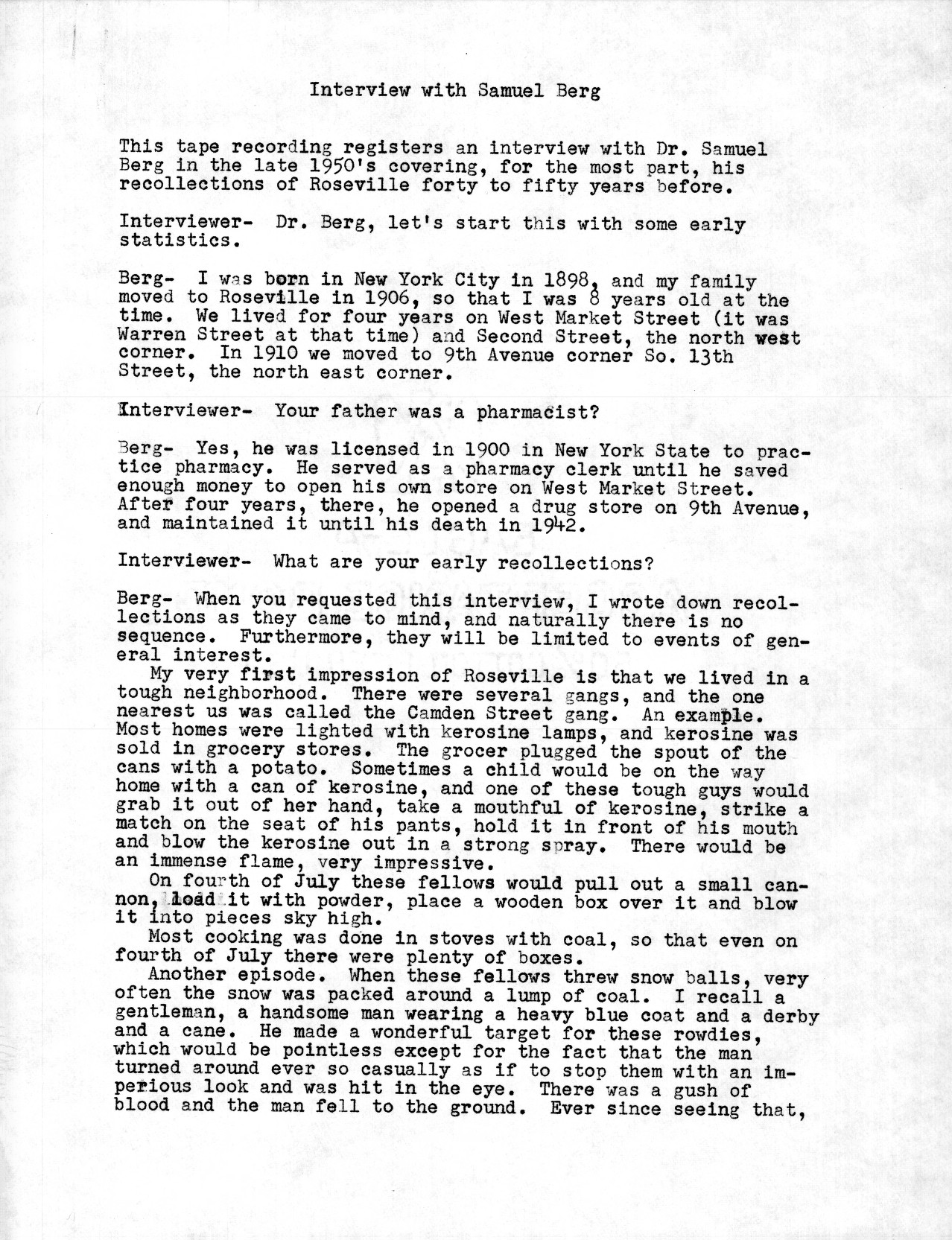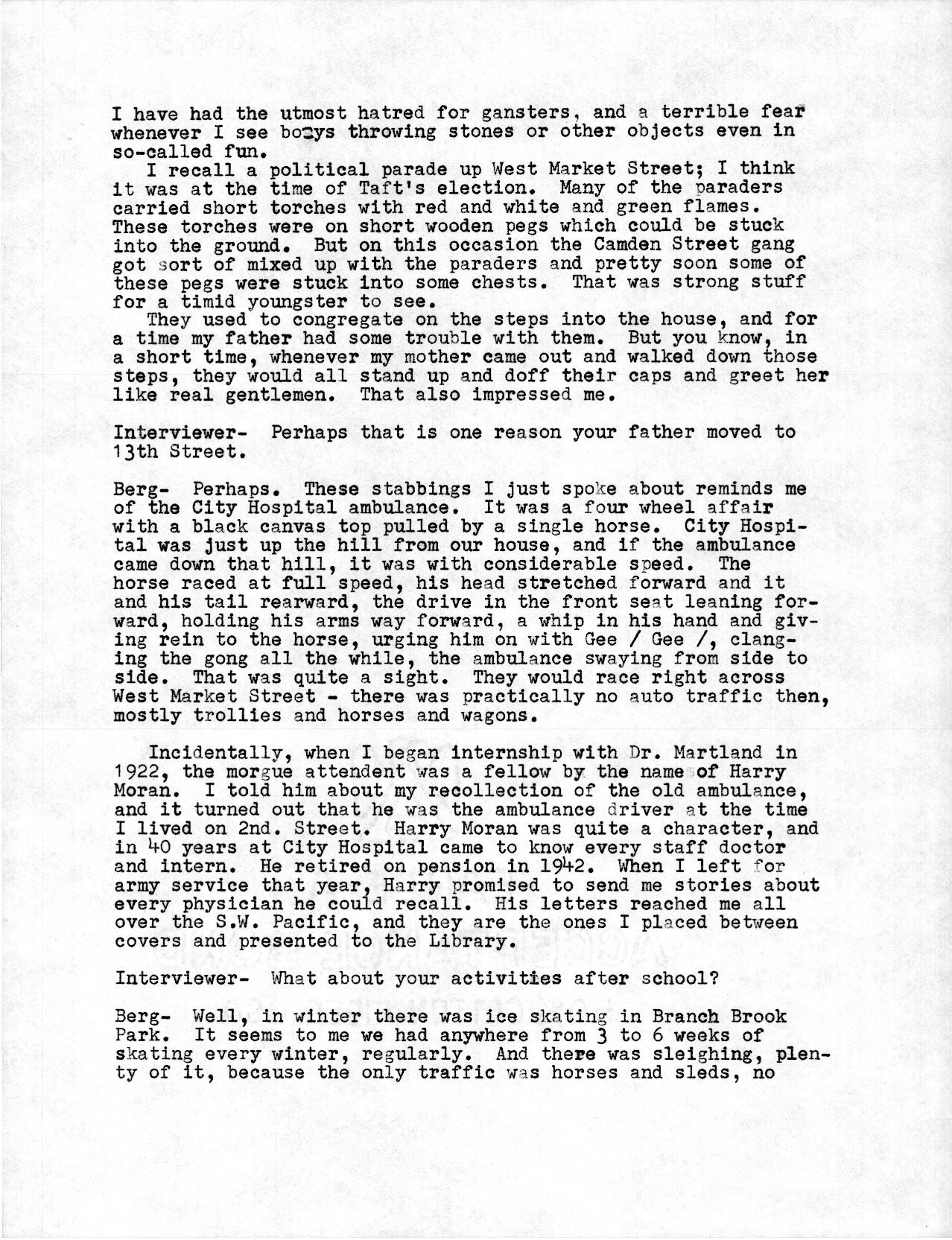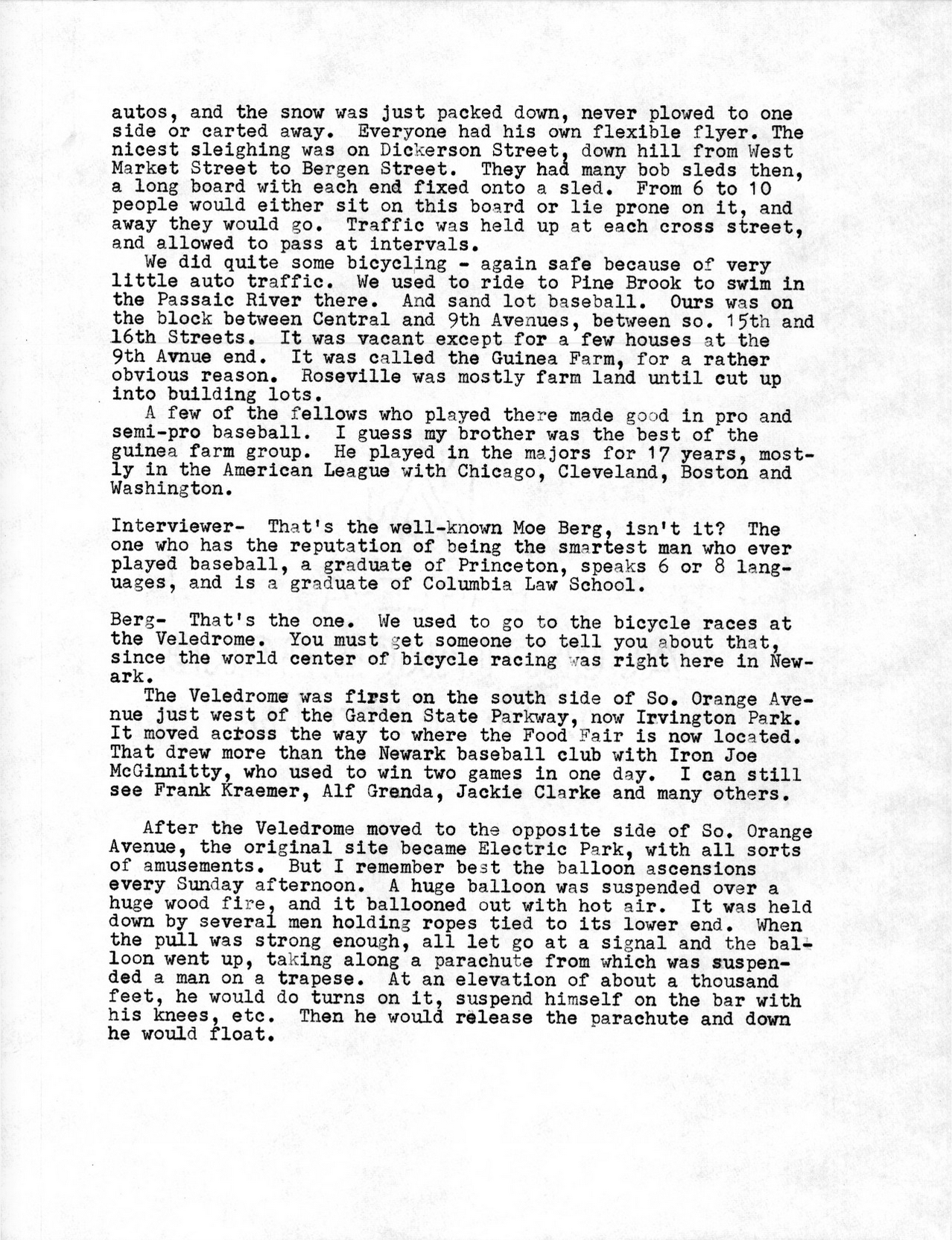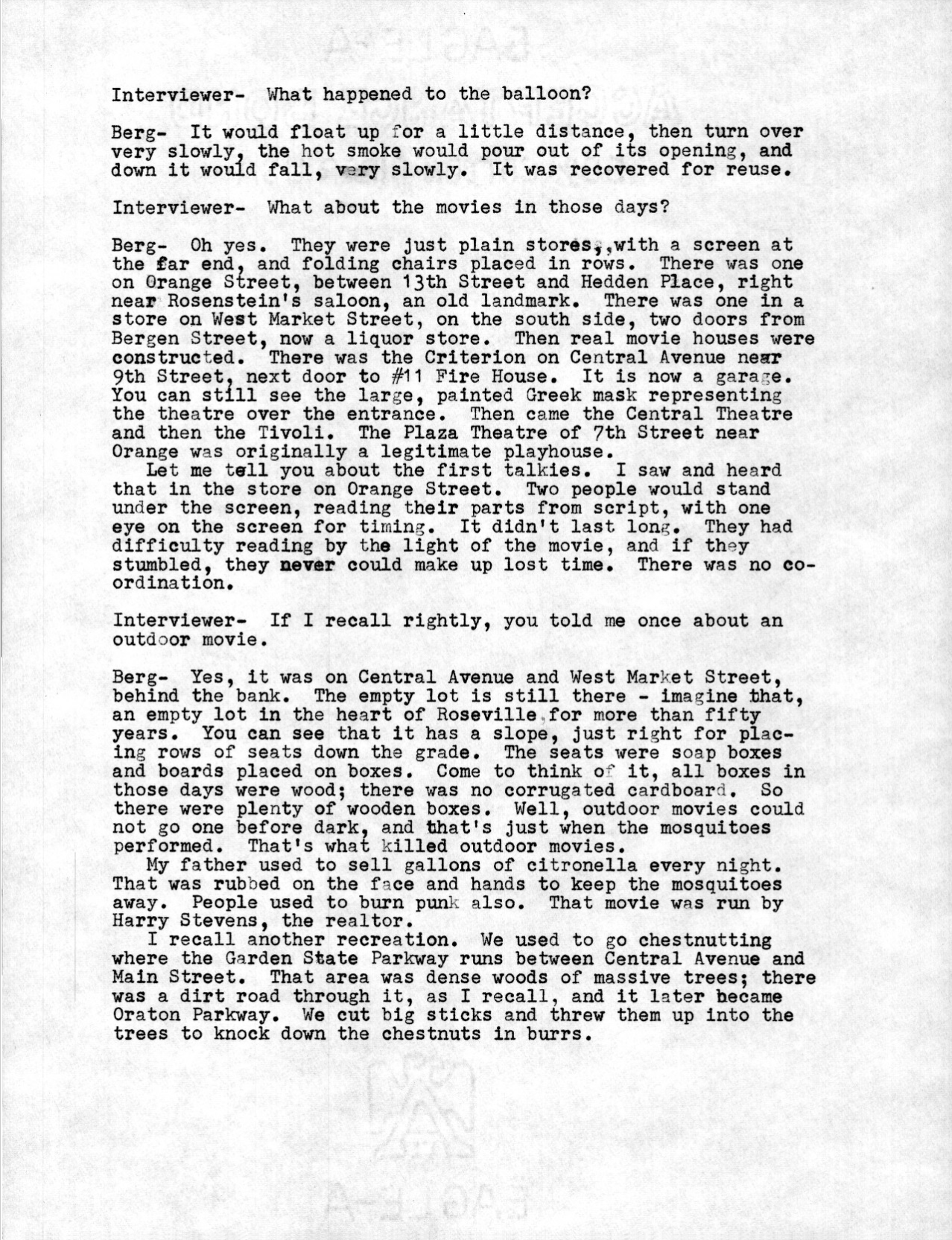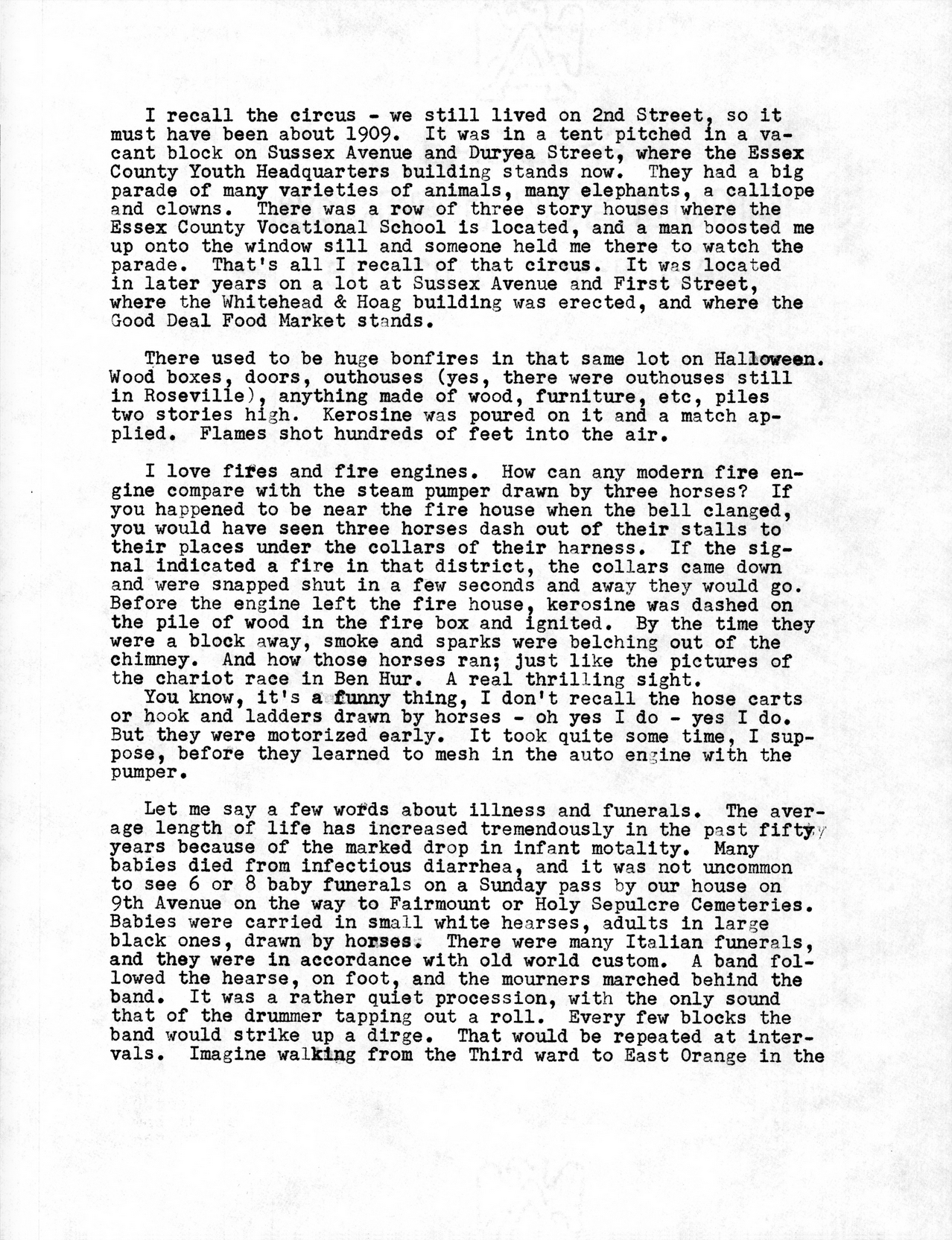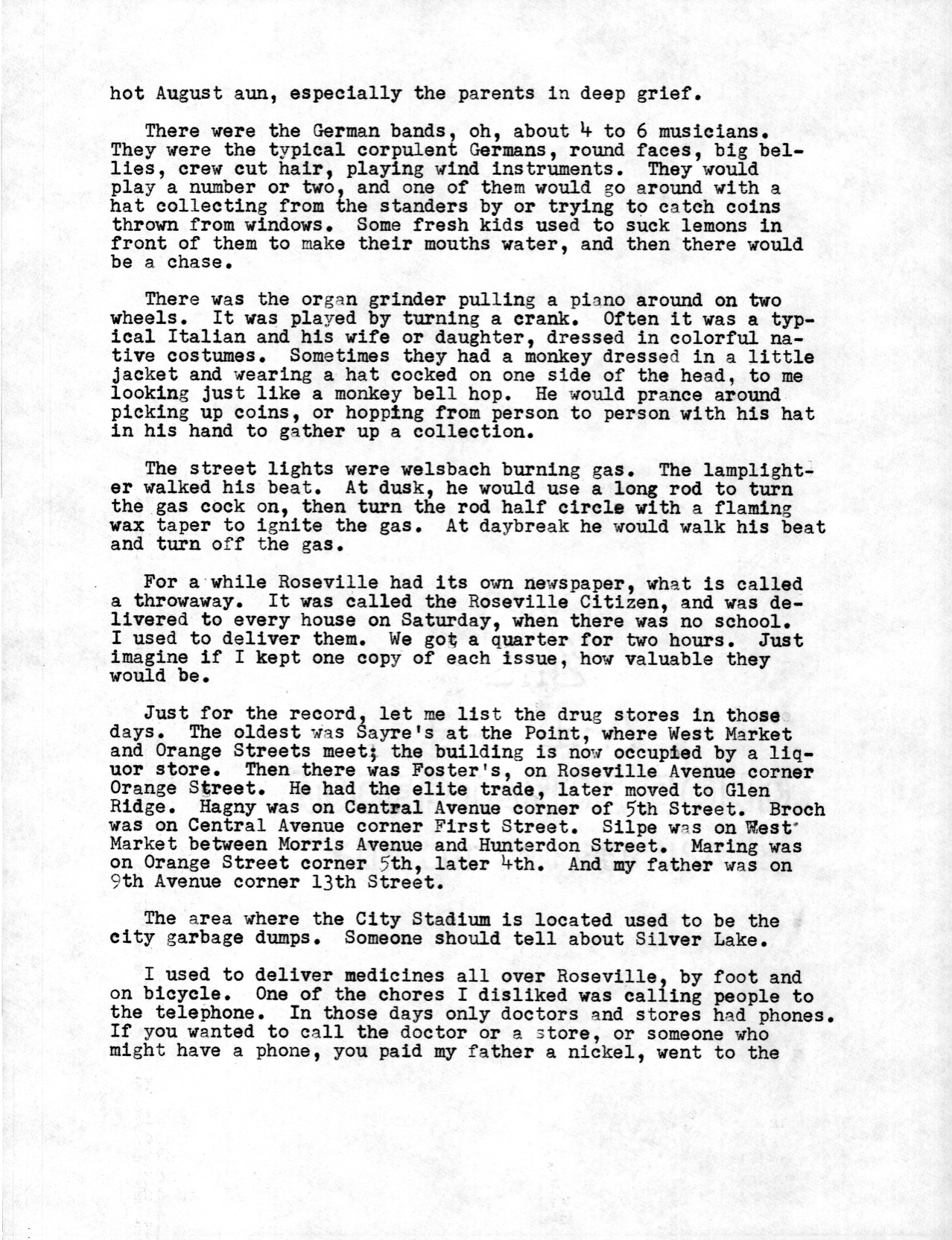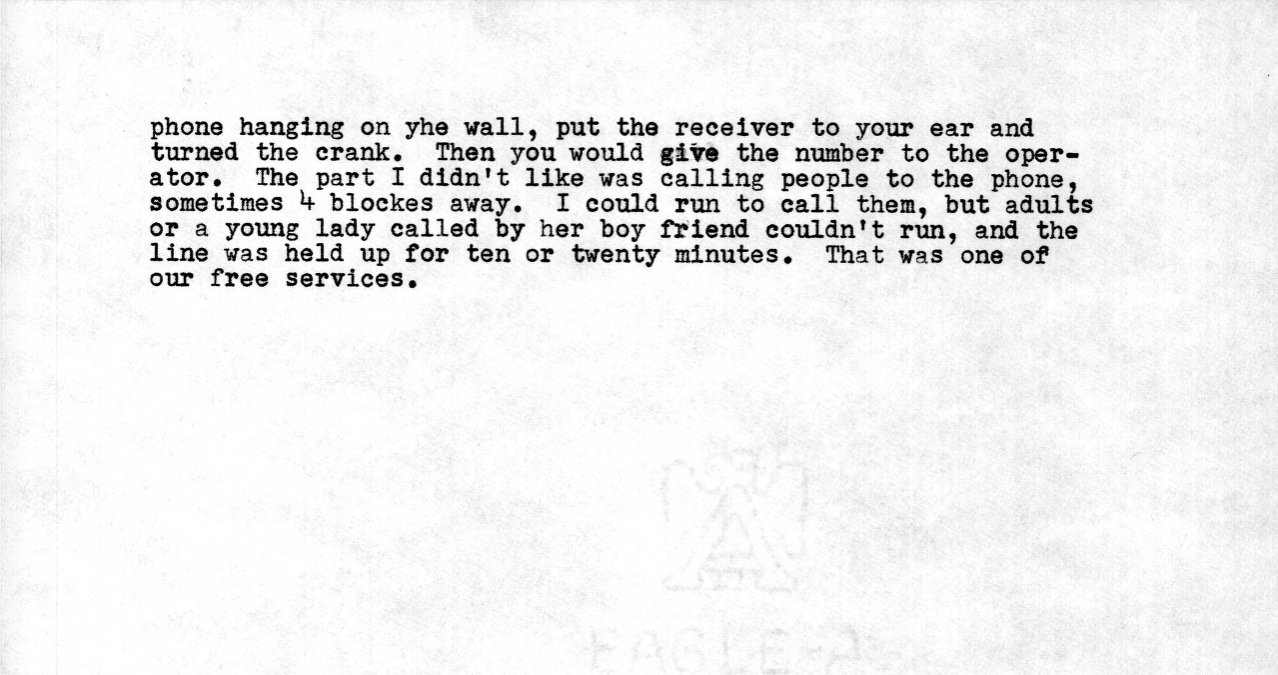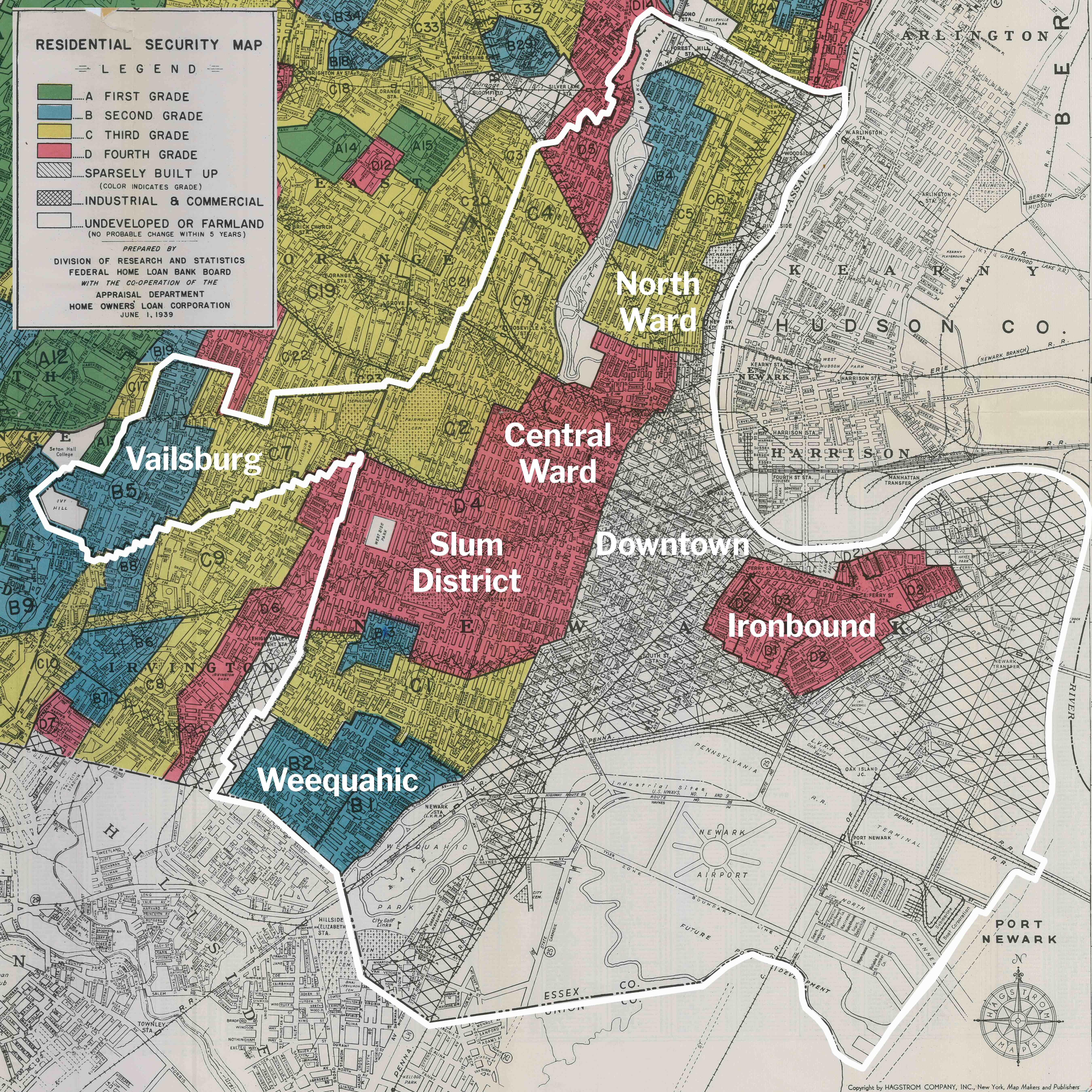In 1910, Newark had a Black population of 9,475 in a city of of 340,000. The Black community was just 3% of the city’s total. By contrast in 2020, at least 50% of Newark residents are Black, and about 30% are in some way Hispanic. This represents a massive demographic shift and population replacement rarely seen in cities outside the United States. Not just Newark, Baltimore, New Haven, Oakland, and Detroit were all cities whose Black populations were no more than 5% of the cities’ totals in the 1900s. Harlem, known as the Black capital of America, was for most of its history undeveloped farmland and then a Jewish and ethnic White neighborhood of comfortable, middle-class brownstones. It was through the Great Migration from the 1920s to the 1960s that Harlem became the center of Afro-American culture.
This replacement of Blacks in old White neighborhoods has consequences for Newark history and for those who study it. Newark is now a Black city, but it is a Black city with comparably invisible Black history. The large majority of its old buildings, street names, parks, monuments, and historic built environments have more to do with the European immigrants and colonial powers who built this city than with the Blacks and Hispanics who now inhabit it. One result is the feeling among Newark residents today that this city’s history is not their history.
In this interview, Samuel Berg is no historian, although he reflects on a Newark that no longer exists. His connection with history is ruptured through some combination of population change, racial shift, and so-called “slum” clearance. As much as this is a website about urban renewal, this is also a document of vanishing memories. This interview hints at how Dr. Berg felt and experienced lost Newark while assembling the photos displayed on this website:

